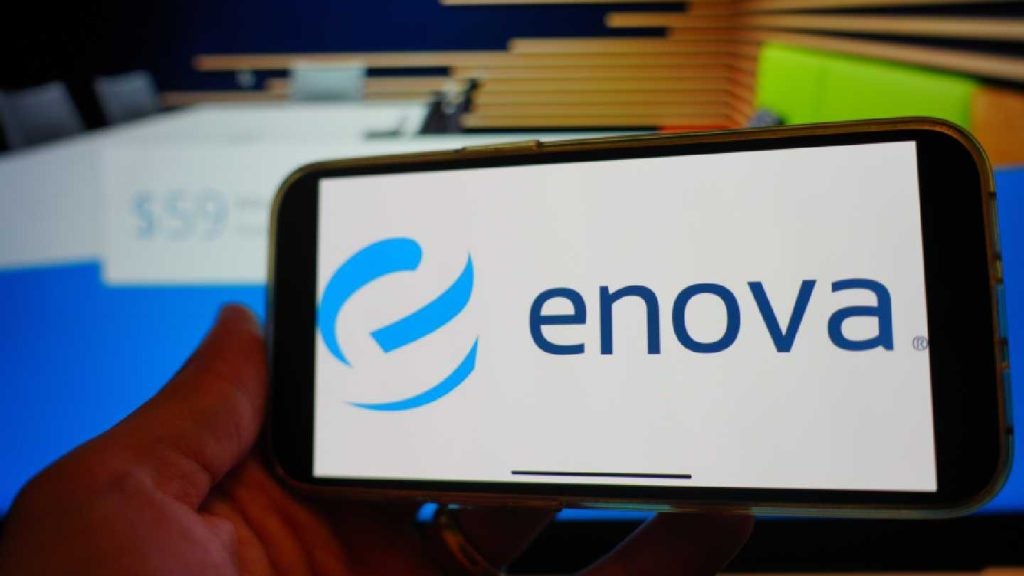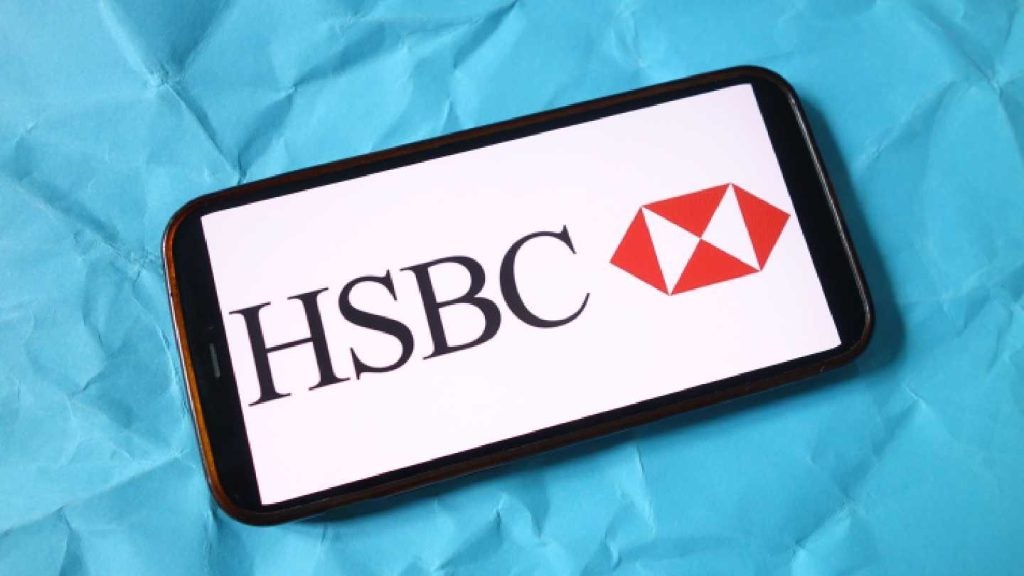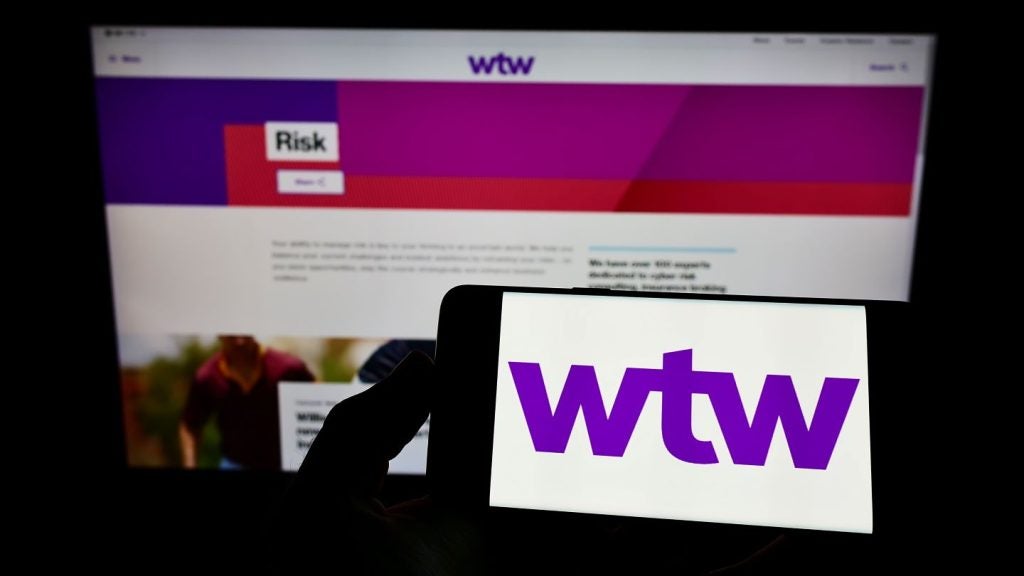On a tour of BT’s innovation centre Adastral Park (located in Ipswich in the East of England) I learned of its new innovation, which has banks extremely excited, it says. What could this possibly be? Anna Milne reports
Turns out, nothing much, in my humble opinion. It is an app through which you can ring the bank’s call centre and while waiting in the queue, you can try and resolve the issue yourself through a series of questions, on your phone screen, without having to speak to an operative. If you cannot resolve the issue then you’ve wasted no time and have since moved up the queue.

Access deeper industry intelligence
Experience unmatched clarity with a single platform that combines unique data, AI, and human expertise.
The idea is to encourage people to use web services, presumably all of the actions will be go to the website and do such and such. If people can’t already use navigation tools on a website, how will it be different if their smartphone tells them to go and do so? It’s no different to typing into Google ‘how do you do such and such’- there are those that do and those that don’t and a smartphone phone app directing them back to the very channel from whence they ran isn’t going to convince them to give it another go.
Besides, how many people who don’t like to root around websites for answers to their problems even have a smartphone in the first place? And those intent on speaking to someone will remain intent on speaking to someone and will have issues that no app’s algorithm is going to anticipate, let alone suggest a fix for.
For this to be any good, the flow chart algorithm will have to be sophisticated to a degree as yet unseen in customer services, we’re talking about something with intuition. Otherwise it’s just like all the other rubbish customer service apps and option lists that never get to the root of the problem. And of the problems related to web software not working, what then?
This is going to drive people crazy, and they will just tap through the ‘no, a different problem’ option in the same way they currently press ‘0’ again and again on a call, without listening to the options to get put into the queue faster. I concede the difference is, they have already joined the queue from the moment they call and while they’re led through the flow chart options. But how much time in the queue is it going to save, really?

US Tariffs are shifting - will you react or anticipate?
Don’t let policy changes catch you off guard. Stay proactive with real-time data and expert analysis.
By GlobalDataBanks (and therefore BT) say a significant percentage of calls concern problems that are too easy a fix to justify the help of a call centre agent and so these people are sent by operatives to the website to solve their problem online. This process wastes banks a lot of money, they complain. But that’s not to say that the significant percentage sent away represents problems solved- how many of those people ring back again explaining they’ve had no joy? So many categories of problems are not going to fall within easy fixes; admin gone wrong; over or underpayments; discretionary solutions…
Good luck to the banks if they expect to transform this here ageing population. I suspect this system is relatively cheap, easy to market, and easy to plug into or lay on top of the call centre system- so, little to lose in other words. Plus they get to be seen to be taking steps towards digital transformation.
If they really want to drive people to the website, far better to insist a call be initiated from the website. Have people read and click through the options, select the category, etc and have the call directed straight to the relevant team- or even try live web chat first. If people have to wait in queue, they have to wait in queue- if banks want to deter people from using a call service, surely they need do nothing more than feed them through a call queue in the first place?
It should be said, BT has made some great progress in other innovations- watch this space for a particularly good one just around the corner.







